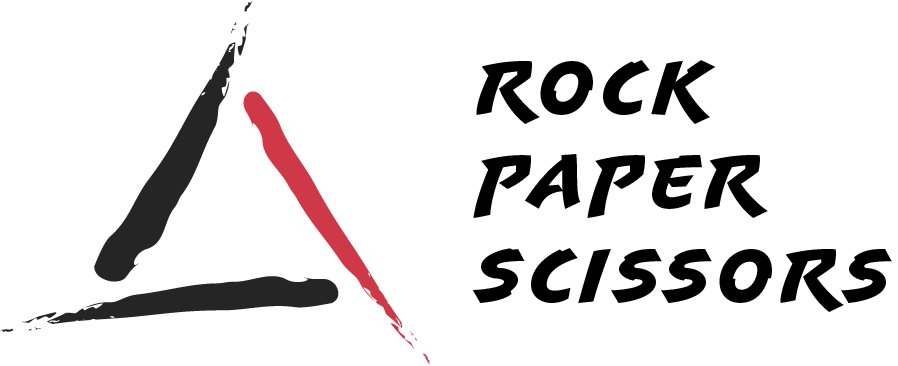“Great Content Isn’t Stumbled Upon, It’s Carefully Designed For A Specific Goal.” — NIC EVANS
A content production process consists of two steps: content creation process and content production stage. The content creation process is related to research, strategy, analysis, and production. The content production stage is where you did things collaboratively; creating and developing a creative idea into visual, articles, videos, blog, or infographics. A production process flow includes:
Brief → research → write → review → revise → approve → upload → 2nd review → publish → maintain
Every single process has its role and job that works differently with others. This article detailed information that you need for every production process flow.
1. Brief Content (est. 4hrs)
Responsibility: Content Strategist
A content strategist needs to know the direction of their digital content, they should be able to create an outline that can be followed, call to action for every content, tone of the content, grammatical direction, and provide references to ease the content production process wholly.
2. Research & Creation (est. 4hrs)
Responsibility: Writer
Research process is where the creation of the content takes place initially after getting briefed by the content strategist. Assigned writer creates a skeleton outline, including possible conclusion/interviews subject matter expert, capture relevant information, quotes data and resources. Reviewing existing content can help the writer to get a grasp on what will he/she created.
3. Content Writing (est. 6hrs)
Responsibility: Writer
After getting the information needed to write, writer will need more time so that the content can be structured and developed. The writer draft the content & structure the page with relevant subheading, links & lists top tier resources. Including finding pictures that are related to the topic.
4. Content Review (est. 3hrs)
Responsibility: Editor
An editor needs to have a quality content standard that seeks for detail and constant connection with the audience and communication goals. The editor ensures the content is accurate, on message, has working links, use appropriate images, features Call to Action, and is written to standard within the style guide.
5. Content Revision (est. 2hrs)
Responsibility: Editor & Writer
Writer works with the editor to resolve the content if there are any issues. Writer needs to do the revision that is required for the writing after getting feedback issued by the editor. Close collaboration and communication between writer and editor can avoid an unnecessary error.
6. Approve (est. 4hrs)
Responsibility: Editor
The editor review revised content that the writer has submitted back, and makes any final corrections to the material. If the editor is satisfied with the writing and doesn’t need any more revision with all of the quality content checklists has been checked, the content is ready for approval and signs off.
7. Content Upload (est. 1hr)
Responsibility: Content Strategist / Writer
Content strategist adds the copy to the page in CMS, ensuring the inclusion of links, images, file featured images, meta desc, SEO, tags, and any other item needed to be published. At this stage, templates are populated with messages and meaning, and making sure that the content is aligned with the context is necessary.
8. Web Page Review (est. 1hr)
Responsibility: Editor
The editor checks for broken link, typos, poor quality images, then issued an approval that content is ready to go. Quality control is everything when it comes to content; missing this stage means that there will be a decline in producing quality content.
9. Publish Content (est. 1hr)
Responsibility: Content Strategist
Content strategist confirms that the content is ready to be published. Launching the content at every social media and website that is integrated with the business. At this point, make sure that every one that is involved in the content producing process is already satisfied with the content.
10. Maintain Content
Responsibility: Content Strategist + Writer + Editor
Re-purpose the content form content inventory with the same process for a start. Client/customers will recognize it if you do care for what you produce. Nurture, sustain, and update content throughout the process will show that you maintain and care for your business.
Conclusion
If you want to put content workflows to work for you, you have to first, define workflows for each content type or client:
- Identify who is involved (the roles).
- Identify what each role does (the tasks).
- Identify when the tasks get done (the flow).
Then, assign someone to oversee each content project, tracking the progress through the workflow. Finally, explore ways to use software tools to communicate about the workflows and possibly even integrate the workflows into your systems.
Rock Paper Scissors is the missing link between business and technical world. We translates business language into technical, and technical limitation into business constraints. We guide organisation and individuals alike to create their own digital product and navigates all the complexity of product creation process. Find out more.
References
https://kapost.com/b/content-production-definition/
https://blog.gathercontent.com/www-content-production-process/
https://blog.gathercontent.com/6-steps-creating-bulletproof-content-production-process/
